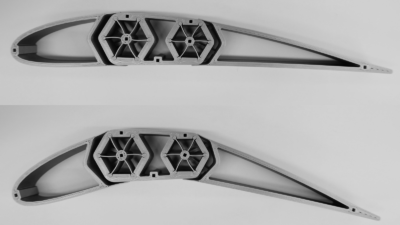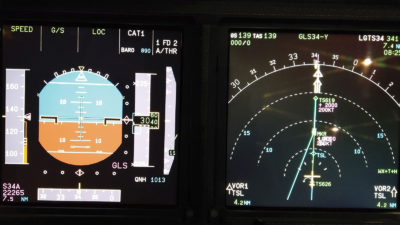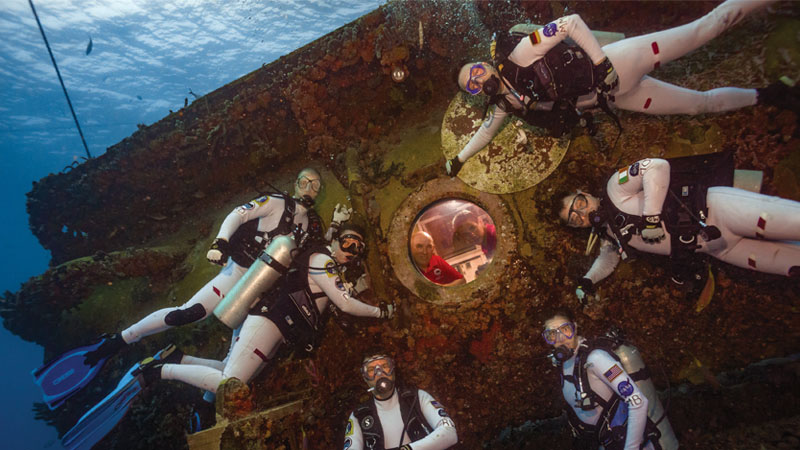Progress made on U.S. acquisition policy and technical fronts
By JEFFREY NEWCAMP|December 2019
The Systems Engineering Technical Committee supports efforts to define, develop and disseminate modern systems engineering practices.
Systems engineering leapt ahead in 2019 with the enactment of a United States Code change, large advances in modular open systems architecture research capabilities for digital twin technology and a new U.S. Air Force strategy.
In January, Azad Madni, Carla Madni and Scott Lucero published a comprehensive call to action for applying model-based systems engineering, or MBSE, to digital twin technology. MBSE gives systems engineers another tool with which to develop solutions for complex problems in the digital twin realm. The authors project that digital twins will continue to transcend the obvious applications for aircraft and complex machines and grow in fields like construction and real estate. This landmark publication inspired systems thinkers and reflected the momentum that the topic gained this year.
In May, researchers led by Madni at the University of Southern California founded the Distributed Autonomy and Intelligent Systems Laboratory. According to Madni, executive director for the USC systems architecting and engineering program, “In July, we demonstrated rudimentary digital twin technology for multiquadcopter search missions. [Then] in September, we demonstrated rudimentary digital twin technology for autonomous cars.” This groundbreaking research showed the capability to collect data from the autonomous cars to populate the digital twin.
According to Mike Sievers, USC lecturer and senior systems engineer at NASA’s Jet Propulsion Lab in California, “The USC lab’s work aims to develop an open architecture and tool set that facilitates plug-and-play experimentation for cyber-physical systems.” An open architecture for digital twins can expand the market for the technology because creating digital twin platforms is expensive and time-consuming. Sievers and his colleagues believe that digital twin progress this year has been instrumental for industry, government and university developers. Open architecture could lead to a watershed moment for system development, as other technologies have recently experienced. Building open architecture systems is analogous to opening the floodgate.
Starting Jan. 1, 10 U.S. Code section 2446a began requiring any defense acquisition programs reaching Milestone A or Milestone B to design and implement a modular open systems, or MOSA, approach. The Defense Department desires highly cohesive, loosely coupled and severable modules in new weapon systems that will increase both flexibility and acquisition competition. A team of researchers at the Air Force Research Laboratory’s Munitions Directorate at Eglin Air Force Base, Florida, spent 2019 expanding its take on a MOSA. They built the Munitions Open Architecture Test and Evaluation Lab, or MOATEL, where they can test interchangeability of components for kinetic weapons.
MOATEL allows engineers to test adherence to 10 U.S. Code section 2446a and specifically targets module interfaces. For example, MOATEL engineers can test whether a newly acquired missile’s seeker can be replaced by a higher tech seeker without negatively impacting system performance. This capability may increase system lethality for the Department of Defense and decrease system lifecycle cost.
In April, then-Air Force Secretary Heather Wilson released a science and technology strategy for the service. It focuses on systems-of-systems innovation, how the service manages technological projects and provides a call to action for the future. Systems engineering is a principal actor to use for solving technical Air Force problems and will be used extensively during this strategy’s implementation.
As 2020 overtakes 2019, the systems engineering discipline will become larger, more relevant and more capable because of the policy and progress achieved in the past year.



































